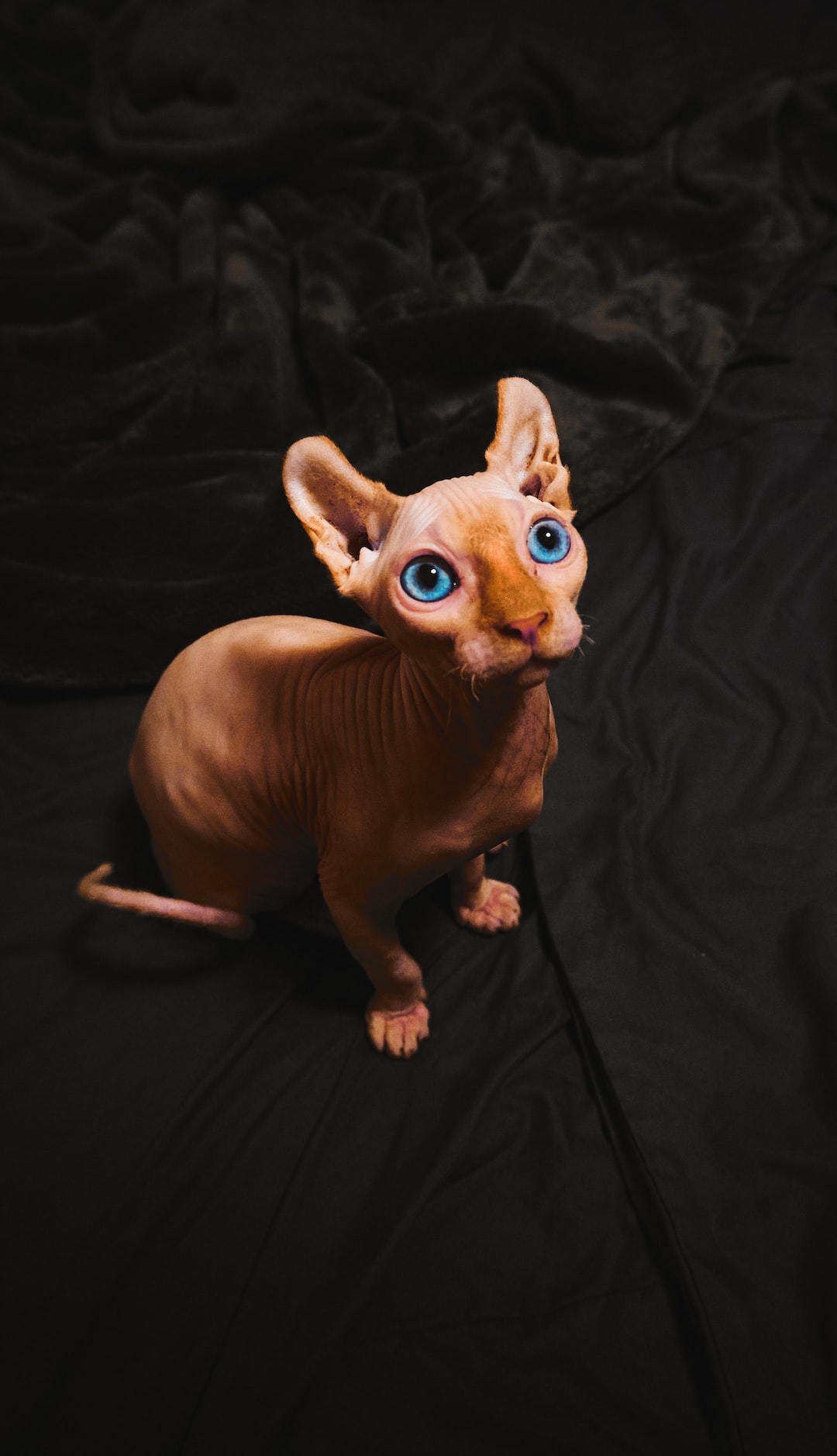As humans, we are drawn to animals, whether in person or through photos and videos online. From the furry faces of puppies and kittens, to the majestic beauty of horses and lions, animals have a way of touching our hearts like nothing else can. This draw towards animals may be called the “cuteness factor”.
What is the cuteness factor? It is the charm and appeal that animals have, especially when they are young, helpless or simply adorable. The cuteness factor affects the way we think, feel and react towards animals, and is considered one of the main reasons behind our love for animals.
So what makes animals cute? Scientists have proposed that it is a combination of physical features that tend to evoke strong feelings of affection in humans. These features include large round eyes, chubby cheeks, soft fur or feathers, and playful or clumsy movements. Baby animals tend to exhibit these traits the most, making them even more irresistible to us.
But the cuteness factor is not just limited to physical appearance. The way animals behave and communicate is also a huge draw for us. The playful antics of kittens and puppies, the loyalty and companionship of dogs, the intelligence and curiosity of primates, and the powerful grace of big cats all capture our attention and admiration.
The love for animals is not new. Throughout history, humans have kept animals as pets, used them for transportation and work, or worshiped them as sacred beings. But in recent times, our love for animals has taken on a new dimension. With the rise of social media, people now share and consume a lot of animal content online. From heartwarming rescue stories, to hilarious clips of animals behaving like humans, social media has given new impetus to our love for animals.
The cuteness factor is not just a source of entertainment or feel-good moments. Studies have shown that interacting with animals can have significant benefits for our physical and mental health. Petting a dog or cat can lower blood pressure, reduce stress levels and promote the release of oxytocin, a hormone associated with bonding and affection. Caring for animals can also give us a sense of purpose and fulfillment, increase our empathy and social skills, and help alleviate feelings of loneliness or depression.
However, the cuteness factor can also have its dark side. It is easy to fall into the trap of treating animals as objects of amusement or decoration, rather than living beings with their own rights and needs. The pet industry, for example, sometimes exploits the cuteness factor by breeding animals for profit, regardless of their welfare. Or, the media may use animal stories as click-bait, without considering the impact of such stories on the animals involved.
Therefore, it is important to remember that while the cuteness factor may attract us to animals, it should not be the only factor we consider when it comes to their welfare. We must also recognize their individual characteristics, preferences and behaviors, and strive to provide them with proper care, respect and protection.
In conclusion, the cuteness factor is a fascinating aspect of our love for animals. It reflects the unique charm and appeal that animals have on our emotions and senses. But beyond their cuteness, animals are important members of our ecosystems and homes, and deserve to be treated with kindness and respect. So let us celebrate their cuteness, but also let us be responsible and compassionate towards them.

